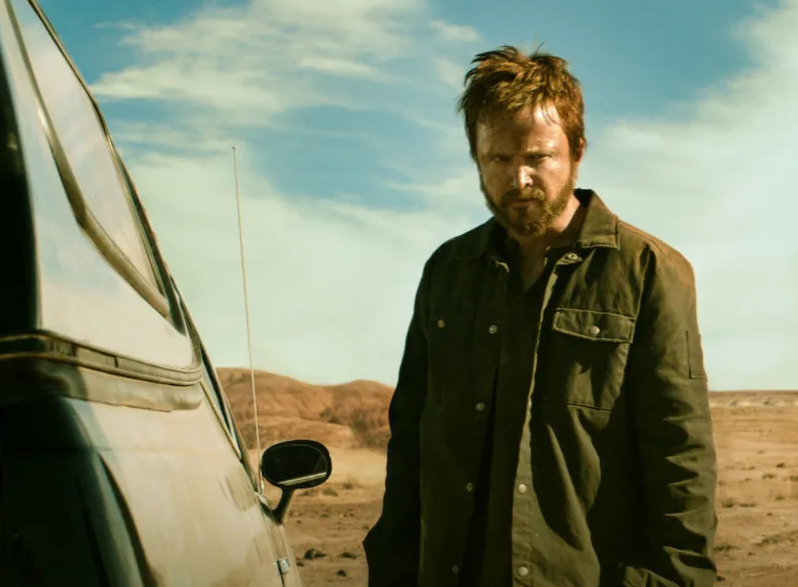 The Fear of God: 25 years of The Exorcist – a review
The Fear of God: 25 years of The Exorcist – a review

On Halloween night, Mrs S and I sat down with our trick-or-treat spoils (ok, they really belonged to our kids, but they'll thanks us when we save them from diabetes).
We got comfy and loaded up The Fear of God: 25 years of The Exorcist on BBC iPlayer. It's a documentary by Mark Kermode and Nick Freand Jones, exploring why the film became such a phenomenon.
Mark Kermode is a celebrated film critic and author familiar to UK TV viewers and readers of the Guardian and Observer newspapers. I recently found out he's been vocal in the past about the need for more 'traditional' film critics in the face of an increase of bloggers and the rise of 'amateur' critics...
I've tagged him into some of my previous tweets highlighting my posts here on Coil. In light of this new information, I may leave him out for future posts...
The documentary was released first in 1998, but was added to iPlayer on Halloween with a new intro from Kermode, a couple of never-before-seen interviews and dubbed 'the festival cut'.
It explores the intangible something at the heart of the film, that pushed it beyond normal horror fare to another level entirely.
Kermode talks to the director William Friedkin, the screenplay writer and author of the book the film was based on, William Peter Blatty, and most of the lead cast and crew.
The legend
Even as a kid, without ever having seen so much as a still photo from the movie, I was terrified at any mere mention of The Exorcist. The stories of people queuing outside cinemas for hours, only to get inside and faint due to the film's content, are legendary. Tales of paramedics on standby, churches full of repentant theatre-goers and cinemas picketed by religious groups abound.
The BBFC withheld authorisation for video release. The film was labelled as a 'video nasty', available to UK viewers, along with other banned movies, only on the blackmarket. Due to the lack of availability, the anticipation to view it grew stronger still for a large swell of potential watchers, eager to see if the film lived up to its terrifying reputation.
In 1999, they relented, claiming that while The Exorcist was still a powerful movie, it no longer had the impact it had upon its cinematic release.
The curse
The myth of the supernatural reach of the movie was perpetuated further by the number of deaths during filming. Ellen Burstyn (Chris MacNeil) claimed there were nine deaths that happened while the Exorcist was being made.
William Friedkin asked religious advisor Reverend Thomas Bermingham to come on set and perform a real-life exorcism. He initially refused, worried it would somehow add to the circus enveloping the film at the time. He changed his mind the following day when a fire started, burning the MacNeil house set down, but leaving the possessed child Regan's bedroom untouched...
The sound
The documentary also covers Friedkin's choice of Mike Oldfield's Tubular Bells for the film's score, after he rejected the atonal score written by Mission Impossible composer Lalo Schifrin by literally throwing it out of a window and across a parking lot.
There is a really interesting anecdote about Mercedes McCambridge, the actress chosen to voice the demon for her neutral tones – at once sounding both masculine and feminine. The voice was over-dubbed with a variety of sound effects including animal sounds from a slaughterhouse – all adding to the otherworldly screams and shouts from the possessed Regan.
The last word
Ultimately, The Fear of God is held up as the definitive source of all things Exorcist. Mark Kermode managed to get anybody and everybody connected with and important to the making of the film to be interviewed on camera.
They speak candidly, in an interesting and absorbing way, with excellent anecdotes about the film. You might think you know everything I've talked about in this article, but to see it all together, and how those interviews are positioned, it's possible to get a real insight into some of the creative tensions that really propelled The Exorcist into movie folklore.
For Coil subscribers there's an extra section below about some of the visual effects discussion in the documentary.
If you're not a subscriber but want to view the extra content – you can sign up now!
















